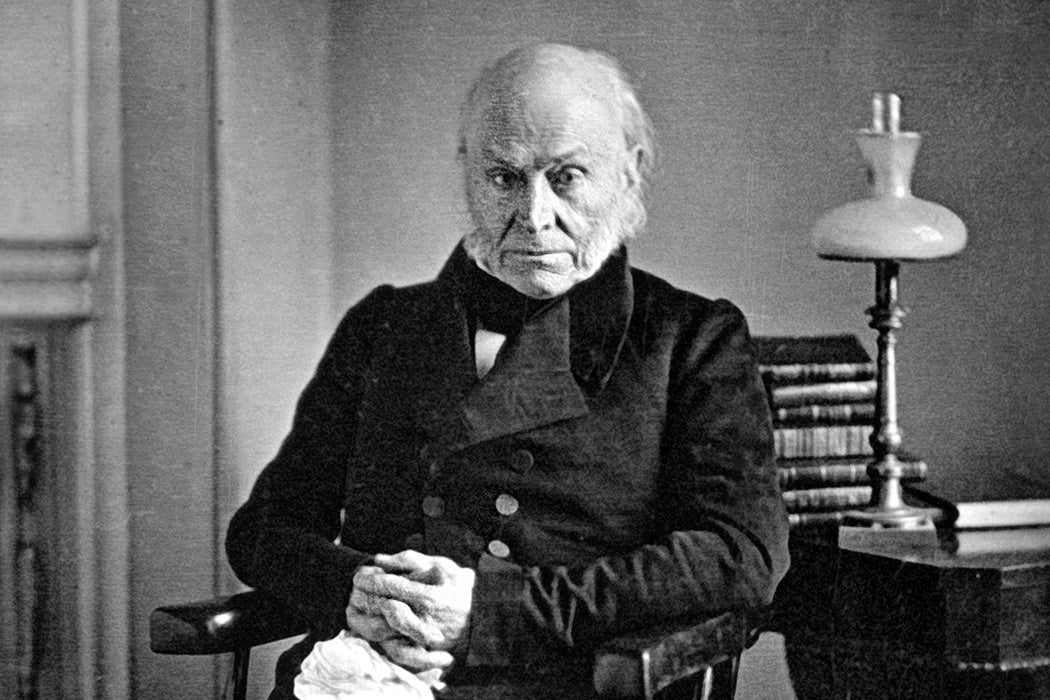Barack Obama, leaving office at the relatively young age of 55, continues to spark speculation about his future plans. Ex-presidents tend to follow a pattern. They are usually circumspect in critiquing their successors, write their memoirs, and, occasionally offer a ceremonial speech. But not all presidents spend their retirement years quietly.
The gold standard for an ex-president who stayed politically involved is John Quincy Adams. Adams, part of an illustrious American family and the son of the second president, was himself elected to the nation’s top office where he served a single term from 1825 to 1829. At the age of 62, Adams was defeated for re-election by Andrew Jackson.
Adams was no quiet backbencher. Instead of retreating to the family home in Massachusetts, he returned to the political fray, beginning 18 years in Congress on March 4, 1830. He was arguably the most qualified Congressman ever elected. Before becoming president, he had served as ambassador to Holland, Prussia, Portugal, Russia, and England, and was Secretary of State under President James Madison.
Congressman Adams developed a reputation as a master of rhetoric. He argued against the Mexican-American War, seeing it, as others did at the time, as a land grab orchestrated by the southern slaveholding aristocracy. While in Congress, the ex-president fought a gag rule prohibiting discussion of abolishing slavery. Adams became an abolitionist leader, although some said this was only because he bore a lifetime grudge against Jackson and the South’s slaveholding aristocracy who denied him a second term as president. Whatever his motives, in 1839 he argued in front of the Supreme Court that 39 Africans from the Spanish slave ship Amistad, which had gone ashore off Long Island, should be freed. He won the case.
Adams became an early advocate of science, promoting an idea that the Smithsonian should include an observatory. That proposal eventually failed, but Adams is credited with establishing the U.S. as a participant in the development of astronomy and scientific thought in general.
Adams collapsed on the floor of Congress on February 21, 1848, and was removed to the Speaker’s Room, where he died two days later.
The innovation of the telegraph allowed for news of his death to be widely circulated, which is often seen as the nation’s first large media event. Thousands greeted his casket as it traveled via rail from Washington to Baltimore to New York City and, three weeks later, to its final resting place in Quincy, Massachusetts. The old lion of the Congress, known for his eloquence, was honored in death as much for his life after the presidency as for his four years in the nation’s highest office.







